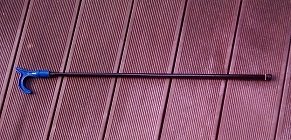johnalison
Well-Known Member
I’m not suggesting that one should be reckless with expensive sails, only that a few hours at the end of the day are neither here nor there if you don’t feel like covering them after arrival and are departing in the morning, especially as we are talking about the ends of the day when UV is lower anyway.It depends where you sail. The UV in the UK is negligible compared to the Caribbean or Med. UV damage to everything out here in the Caribbean is an issue. A sailmaker told me that for every month your Dacron sails are out in the sun, you lose 5% of their strength. We cover our sails immediately after we have anchored up.

